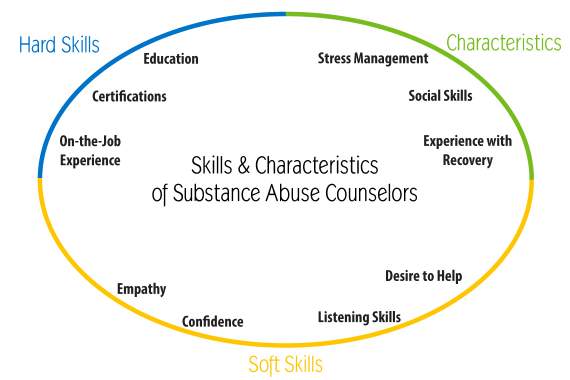Prior to you continue reading, we believed you may like to download our 3 Favorable CBT Exercises totally free. These science-based workouts will provide you with an in-depth insight into Positive CBT http://paxtoncpgn180.jigsy.com/entries/general/some-known-questions-about-how-to-improve-addiction-treatment- and will give you the tools to apply it in your therapy or training. You can download the totally free PDF.

A treatment plan will include the patient or client's personal details, the diagnosis (or medical diagnoses, as is frequently the case with mental illness), a general summary of the treatment prescribed, and area to measure outcomes as the client progresses through treatment. A treatment plan does many things, the blog here most essential of which include: Specifying the problem or condition Describing the treatment recommended by the health/mental health professional Setting a timeline for treatment development( whether it's a vague timeline or includes specific turning points) Determining the significant treatment objectives Keeping in mind essential turning points and goals This documents of the most important elements of treatment assists the therapist and customer remain on the very same page, provides a chance for conversation of the treatment as planned, and can act as a suggestion and inspirational tool. While individuals in similar situations with comparable issues might have comparable treatment plans, it is very important to understand that each treatment plan is unique. There are typically several ways to treat the very same problem often there are lots of various courses that treatment might take! No 2 treatment plans will be precisely the very same, because no two people's experiences are exactly the very same. As noted earlier, all treatment strategies are various they are distinct products of the conversations in between a therapist and client, the therapist's medical knowledge, and the client's shared experience. Even in identical medical diagnoses in comparable individuals, differences are bound to manifest in any or all of the you can try these out following parts: History and Demographics client's psychosocial history, history of the signs, any previous treatment info Assessment/Diagnosis the therapist or clinician's medical diagnosis of the customer's mental health issues, and any past diagnoses will also be kept in mind Presenting Concerns the issues or signs that at first brought the client in Treatment Agreement the agreement in between the therapist and customer that summarizes the goals of treatment Duty a section on who is accountable for which elements of treatment (customer will be accountable for many, the therapist for others )Strengths the strengths and resources the client brings to treatment( can consist of family assistance, character strengths, material support, and so on) Treatment Goals the" building blocks" of the strategy, which ought to specify, reasonable, personalized for the customer, and measurable Goals goals are the larger, more broad results the therapist and client are working for, while several objectives comprise each objective; they are little, achievable steps that comprise an objective Modality, Frequency, and Targets different techniques are typically used to different objectives, requiring a plan that pairs techniques, a frequency of sessions, anticipated completion date, and so on, with the particular goal Interventions the strategies, exercises, interventions, and so on, that will be applied in order to work towards each objective Progress/Outcomes a great treatment plan should include space for tracking progress towards objectives and objectives( Good Treatment, 2016) The therapist and customer will work together to get this information down on paper, with the therapist contributing his or her knowledge in treatments and treatment outcomes, and the customer contributing know-how in his/her own life and experiences. These advantages consist of: Treatment plans supply a guide to treatment for both the therapist and client. Treatment strategies can lower the danger of scams, waste, abuse, and the potential to trigger unintended harm to customers. Treatment strategies facilitate simple and efficient billing given that all services rendered are documented. Treatment strategies can assist smooth any prospective bumps in treatment, especially if a client requires a sort of treatment the main therapist can not provide( e.g., a specific kind of intervention or a prescription for medication) or need to see a new therapist for some other factor (e.g., if the customer or therapist has actually moved, or the therapist is on extended leave, Good Therapy, 2016). Treatment plans are not always required to offer or get successful treatment, however they can be incredibly valuable in helping with a smooth and problem-free treatment experience. Goals and goals will differ enormously from one individual to the next, specifically those facing really different issues. If you or your customer is dedicated to change but isn't quite sure where to start, this link of potential goals can spark a beneficial conversation about where to go from here. For instance, a common objective for those struggling with drug abuse might be to quit using their drug of option or alcohol, while a patient having problem with depression might set an objective to minimize their self-destructive thoughts. In basic, these goals need to be.

realistic they must be sensible, offered the customer's general experience and wishes for the future (what are some forms of treatment available to those suffering from opioid addiction?). For instance, an objective for a specific with severe stress and anxiety might be to take 10 actions outside their front door. The next goal may be to make it to the neighborhood market, or as much as 30 actions outside their front door. Satisfying each objective will ultimately lead you to fulfill the objective.